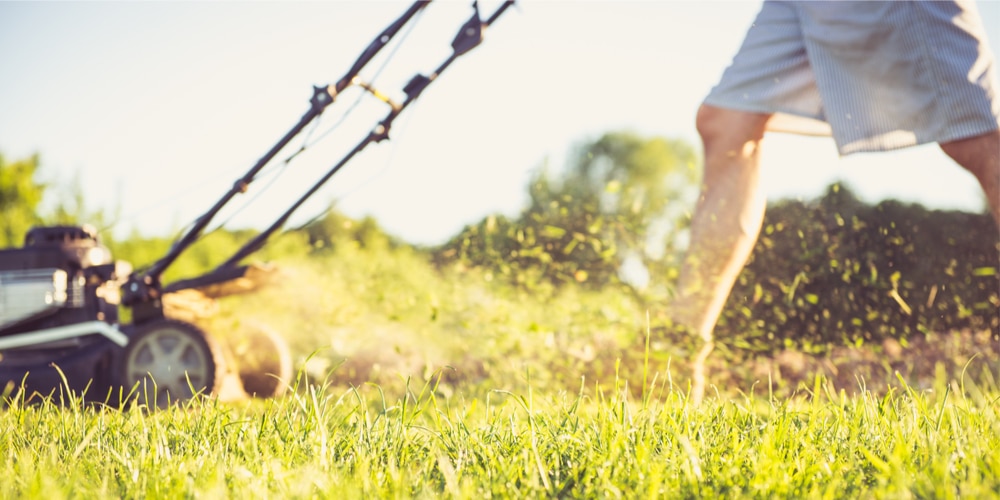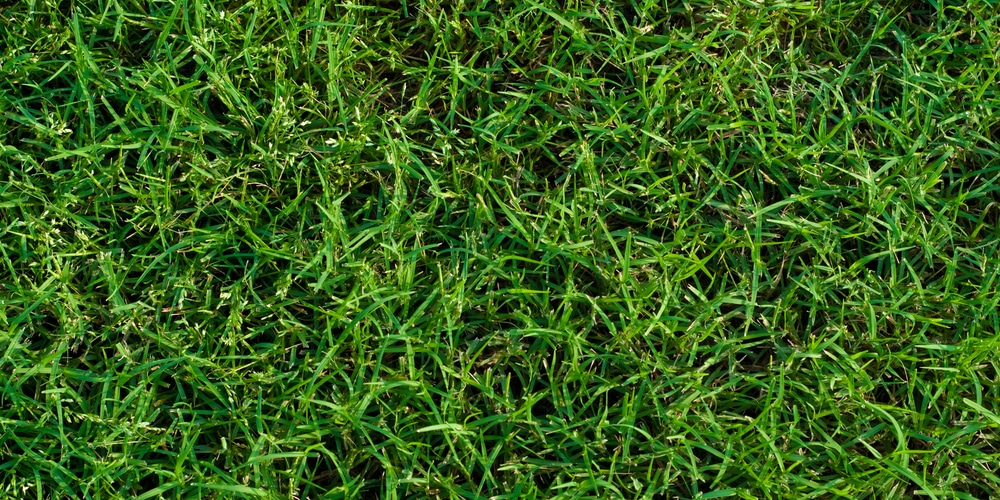Bermuda grass is a type of perennial, warm season grass that is native to Europe, Australia, Arica and most parts of Asia. This grass is often known and referred to as scutch grass, dhoob, couch grass, wiregrass and devil’s grass.
Bermuda is not the easiest type of grass to take care of but when looked after properly it can make your lawn look fresh and lush. A major part of sufficiently caring for bermuda grass is scalping. So, here is everything you need to know about scalping bermuda grass and when exactly to do it.
Scalping bermuda in comparison to scalping other types of grass:
Bermuda grass is actually known to be the fastest growing grass out of all of the warm season grasses. Because of this, it needs to be sculpted annually. Just beware, sculpting any other type of grass, excluding zoysia grass, so frequently is likely to damage or possibly even kill it.
Why scalping your bermuda grass is important
If you don’t thoroughly scalp your bermuda grass every year its stolon layer (the layer of stems that are above the ground) will thicken at a pretty rapid pace.
This, in turn will make it form into thatch. Thatch is most commonly known for harboring insects and diseases as well as preventing the proper absorption of water.
When you scalp you successfully remove some of the stolons and therefore prevent the unwanted buildup of thatch. In addition to this, scalping your bermuda grass actually reinvigorates and refreshes your lawn.
How to scalp your lawn
When scalping your lawn you should start off by locating some freshly sharpened mower blades that are capable of slicing through tough stolons cleanly and efficiently.
Afterwards, cut the grass at about one inch in height. Once you’ve done that you can either use a lawnmower with a bagger attachment or a rake to get rid of the clippings.
Just be careful to not let your lawnmower accidentally cut into the soil when it goes over uneven ground as it is not helpful.
When to scalp bermuda grass
The best time to scalp your bermuda grass is early spring. It is recommended that you scalp it in between the months of March and April.
It is best that you scalp when you notice the initial green blades of grass rise from the previously brown and dormant foliage. This is because during this period of the year your grass will have the most available time to repair and recover from any damage and/or stress that has been caused.
In addition to this, it is advised that you do not scalp bermuda during the summer. This is because as the temperatures rise and the weather begins to warm up the soil starts to gain more heat. This, in turn, increases the pace at which the grass grows and does not allow it enough recovery time.
What happens when you scalp your bermuda grass too early
Scalping your bermuda grass too early (mid growing season) could and is likely to result in stress. This means that your lawn will have a much more difficult time recovering and becoming fresh and healthy again.
What happens when you scalp your bermuda grass too late
On the opposite end of the spectrum, if you scalp your bermuda grass too late you may scalp off and damage most of the new growth that recently occurred. Doing this would totally defeat the purpose of scalping your grass in the first place.
How and when to scalp if there is a layer of thatch on your bermuda grass
When there is a layer of thatch that is more than half an inch thick, scalping is not sufficient at refreshing your garden. In situations like these, you should use a dethatcher in order to break up and separate the thick and compacted stems and foliage. Do this prior to scalping.
Final thoughts:
Overall, the prime to scalp your bermuda grass is early to possibly mid spring as it is in its prime growing stage. This means that you are not causing your lawn any premature os stress or damaging already grown grass stems.

